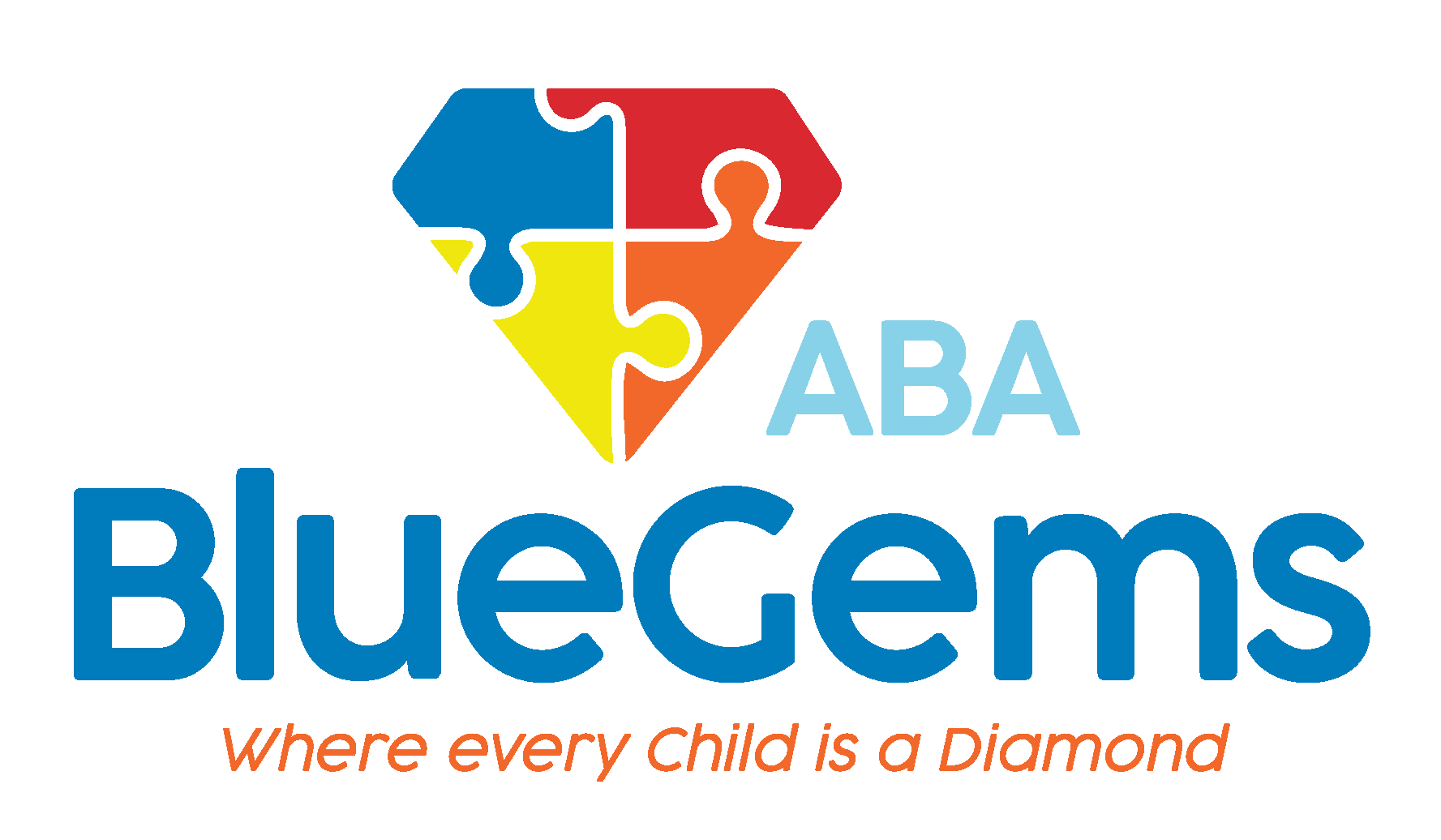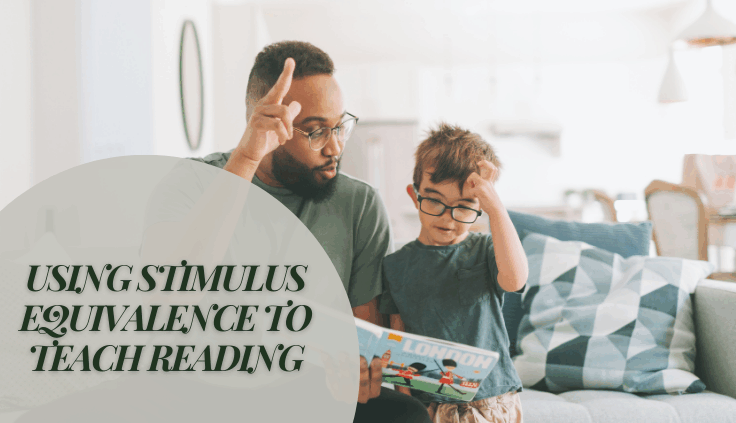Using Stimulus Equivalence to Teach Reading
Applied behavior analysis, or ABA therapy, has been proven as an effective treatment method for children with autism spectrum disorder (ASD). The evidence-based approach to learning can help children with autism improve communication, social and daily living skills while modifying behaviors.
As children progress through ABA therapy, the treatment plan can adjust to meet the child where they are — integrating new concepts and strategies to teach more advanced skills.
One such strategy is called stimulus equivalence1, and it’s used throughout ABA therapy to help patients build and generalize their skills so that they can apply skills they’ve learned in session to real-world scenarios.
Below, we’ll discuss what stimulus equivalence is and how ABA therapy uses it to teach reading.
Table Of Contents
What is Stimulus Equivalence?
Stimulus equivalence is one of ABA therapy’s fundamental concepts. It helps to explain how patients are able to form connections that are meaningful across multiple stimuli.
It plays a vital role in behavioral generalization2, the understanding of concepts and language development. In essence, stimulus equivalence helps to explain how people learn how to respond in flexible ways to multiple stimulus – which is a crucial target intervention for children with autism.
What are the Three Properties of Stimulus Equivalence?
There are three basic properties that help to characterize stimulus equivalence, all of which explain how learned behaviors relate different stimuli to each other.
These properties are …
- Reflexivity: This refers to understanding that an individual stimulus is always the same as itself3. An example is when a person is able to understand that the word “tiger” is always the same, regardless of how big it’s written or the context it’s used.
- Symmetry: This refers to recognizing that if a single stimulus relates to another stimulus, then the reverse is also true. In other words, if the learner understands that 1 relates to 2, then they will also understand that 2 also must relate to 1. The example from above is understanding that the word “tiger” relates to the image of a tiger, and that the image of a tiger also relates to the word “tiger.”
- Transitivity: This is the most complex property, as it involves making relations among three stimuli. In essence, the learner will understand that if 1 relates to 2 and 2 relates to 3, then 1 must also relate to 3. This is often written in mathematical terms, such as “If 1=2 and 2=3, then 1=3.” An example is looking at different shades of the same color, so if blue equals cyan and cyan equals teal, then blue equals teal.
| Concept | Definition | Example |
|---|---|---|
| Reflexivity | A stimulus is equal to itself. | “Tiger” = “Tiger”, regardless of font or size |
| Symmetry | If A = B, then B = A. | Word “Tiger” = Picture of a tiger, and vice versa |
| Transitivity | If A = B and B = C, then A = C. | Blue = Cyan, Cyan = Teal → Blue = Teal |
How is Stimulus Equivalence Used to Teach Reading?
Stimulus equivalence plays many important roles in ABA therapy as a whole. Various strategies are used in ABA therapy to establish this concept, with common interventions such as conditional discriminations and matching-to-sample tasks.
By using stimulus equivalence properties, therapists can help patients recognize stimuli and respond to them better based on the different properties of equivalence. This results in learning that is more flexible and efficient.

Stimulus equivalence can provide significant benefits for language development and, in time, reading as well. It helps patients expand how they understand language and then use it.
Children with autism can first learn how letters are associated with different sounds, both on their own and then in an order with other letters. This helps them form the basic skills needed for reading.
They can then progress to learning how to read written words based on the relation between letters and the sounds they make. Stimulus equivalence is particularly useful in this context, especially when the same letter might make different sounds based on what words it’s a part of.
Stimulus equivalence can also help children read the same letters and words even if they’re written in different sizes, fonts or colors.
Then, in time, they can then progress even more to reading comprehension. Through the properties of stimulus equivalence, they can learn that written words have specific meanings, and that they might have slightly different meanings based on the context in which they’re written.
| Stage | Skill Focus | Stimulus Equivalence Used | Outcome |
|---|---|---|---|
| 1 | Recognize letters | Reflexivity | Identify letters regardless of format |
| 2 | Letter-sound matching | Symmetry | Understand that letters = sounds and sounds = letters |
| 3 | Word recognition | Transitivity | Understand that combinations of letters = words |
| 4 | Generalization | Reflexivity, Symmetry | Recognize words in different fonts/sizes |
| 5 | Reading comprehension | Transitivity | Interpret meanings based on word relationships & context |
Blue Gems ABA Uses Stimulus Equivalence to Teach Patients Skills
Stimulus equivalence is an important concept that is throughout ABA therapy treatment plans. Using many different strategies, therapists can rely on the properties of stimulus equivalence to help children with ASD build a wide variety of skills and then generalize those skills.
At Blue Gems ABA, we follow the principles of ABA therapy when we administer all treatment plans to children with autism. In doing so, we are able to craft treatment plans that are specific to each individual’s unique strengths, challenges and preferences, which helps make the plans more effective.
To learn more, please contact us today.




